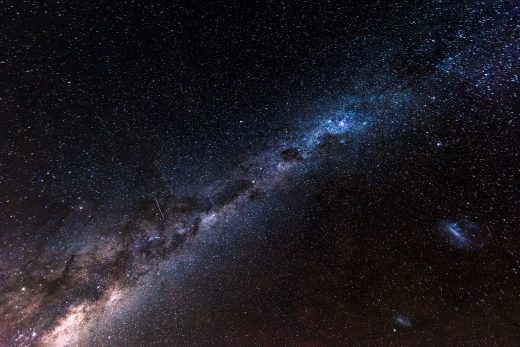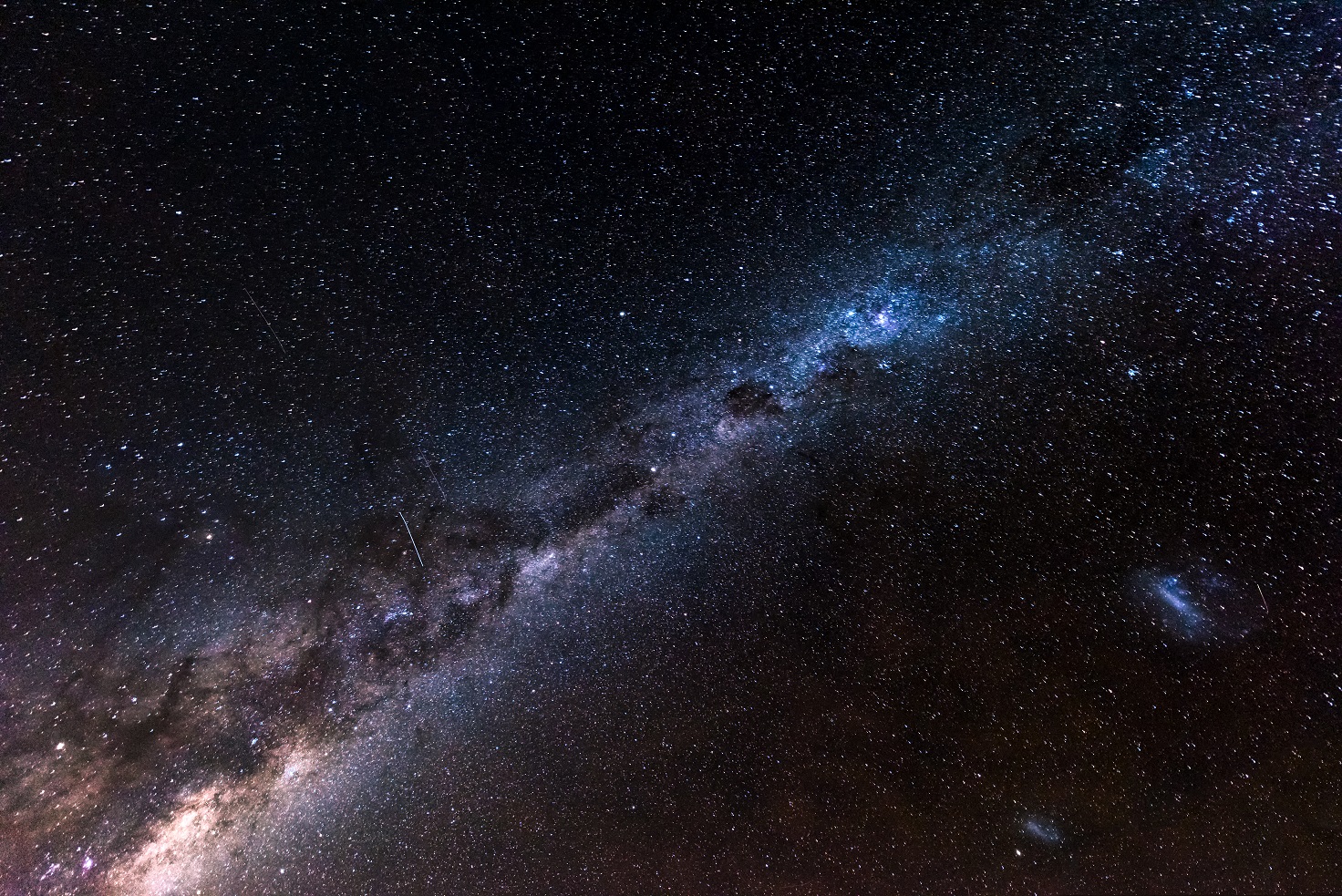Scientists find the universe’s ‘missing matter’ using mysterious cosmic bursts
Thanks to some pretty rigorous scientific calculations, researchers have long been able to determine how much matter there was in the universe when the Big Bang happened. The problem — until now — is that they couldn’t actually find half of what is supposed to be there. But by using mysterious fast radio bursts (FRBs), researchers from Curtin University have finally located all the missing matter in the vast space between stars and galaxies.
The matter in question is called baryonic matter, which is composed of neutrons and protons, making up all the things we can touch and see (unlike dark matter, which is an entirely different story). According to lead author associate Professor Jean-Pierre Macquart, scientists have been looking for this stuff for almost 30 years. “But when we looked out into the present universe, we couldn’t find half of what should be there. It was a bit of an embarrassment,” he said. “Intergalactic space is very sparse. The missing matter was equivalent to only one or two atoms in a room the size of an average office.”
As such, it’s been a challenge to detect this matter using traditional techniques and telescopes. However, the research team was finally able to locate the missing matter by leveraging the phenomenon of FRBs — brief flashes of energy that come from random directions in the sky and last for milliseconds. Scientists don’t yet know what causes them, and their randomness makes them difficult to detect.
But as Professor Macquart explained, by using these FRBs as “cosmic weigh stations” the team was able to detect the missing matter. “The radiation from fast radio bursts gets spread out by the missing matter in the same way that you see the colours of sunlight being separated in a prism,” he said. “We’ve now been able to measure the distances to enough fast radio bursts to determine the density of the universe.” Amazingly, the team only needed to observe six of these to account for all the missing matter, yielding a measured density close to pre-existing estimates for how much there should be floating around the universe — and giving astrophysicists answers to a frustrating mystery they’ve been pursuing for decades.
(25)




